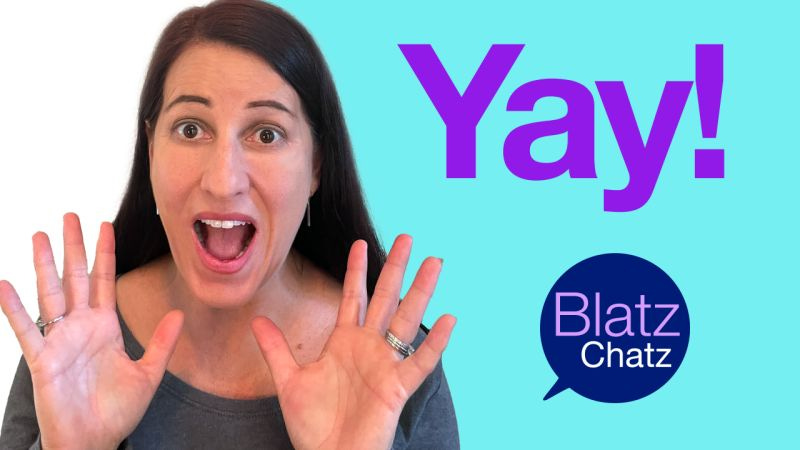The Problem with “Show Your Work” in UX Portfolios
UX Portfolio Red Flags & How to Fix Them
We keep hearing it.
Show your process. Show your thinking. Show your work.
But no one really explains how to do that in a way that connects.
So most portfolios end up too shallow, too long, or too focused on the wrong things.
Today, we’ll breaks down why “show your work” is harder than it sounds, and how to make sure what you show actually lands.
Why Most Portfolios Miss the Mark
The Real Reason “Show Your Work” Is So Confusing
What Hiring Managers Actually Want to See
Case Study Structure That Builds Trust
What to Leave Out (and Why It Matters)
Overcoming Imposter Syndrome in UX
Resource Corner
Why Most Portfolios Miss the Mark
You click on someone’s UX portfolio and it looks great.
Nice layout. Strong typography. Pretty UI.
But as you read through their case study, you walk away with one of two feelings:
That looked nice, but I have no idea what their role was
That was so detailed I got lost halfway through
Here is the problem. Most portfolios are written for the wrong audience.
They try to impress, not connect. They highlight tools and steps, but skip over the thinking. They show outputs, but never outcomes.
It is not about making your case study longer.
It is about making it clearer.
The Real Reason “Show Your Work” Is So Confusing
No one teaches this.
In bootcamps, you are told to show the process: research, define, ideate, prototype, test.
But in the real world, your process is rarely that linear.
And most hiring managers have seen enough of the design-thinking loop to scroll past it.
The hard truth is that “show your work” means something different depending on who is reading.
That is the core.
Not what tool you used. Not how many post-its you moved around.
But how you moved the work forward, and how you made things clearer for your team and your users.
What Hiring Managers Actually Want to See
If you want your case study to land, here is what needs to come through:
1. Your judgment
What tradeoffs did you have to make?
What paths did you consider, and why did you choose the one you did?
2. Your communication
How did you explain your work to a skeptical stakeholder?
Did your designs change after talking to a PM or engineer?
How did you handle disagreement?
3. Your impact
How did your work improve the experience?
Was it measurable? Did it solve the original problem?
A great case study is less about the number of steps and more about your clarity.
You are showing how you think when things are messy. Not just when things are finished.
Case Study Structure That Builds Trust
Try this structure. It works whether your project was six months or six weeks long.
1. The Problem
Who was struggling? What were they trying to do?
Frame this in human terms, not just business goals.
2. The Context
What constraints were in place? Team size, timeline, resources.
This helps people see how you made decisions.
3. What You Did
Not just the steps, but the thinking behind them.
Why that method? Why that layout? Why that feedback loop?
4. What Changed
Did people understand the product better? Did fewer errors happen?
Even if you do not have metrics, explain what improved.
5. What You Would Do Differently
This shows growth and honesty.
It also helps people trust you more than a flawless case study ever could.
What to Leave Out (and Why It Matters)
Your case study is not a report.
It is a signal of how you think, what you prioritize, and how you communicate.
Here is what to skip:
Generic templates. If your case study looks like everyone else's, it will be forgotten.
Over-detailed personas. If the persona does not connect directly to the decisions you made, cut it.
Step-by-step process with no decisions. A list of what you did is not the same as a story.
Over-polished endings. Show reflection. That is where your future teammates will see your depth.
UXCON '25 Spotlight: Jen Blatz is celebrating a huge milestone—and we’re here for it. 🎉
She didn’t wait for the perfect moment—she created it.
A year ago, Jen Blatz launched BlatzChatz to talk about the things no one tells you about UX careers. The doubts. The wins. The messy middle.
Now? It’s become a go-to space for honest growth, big laughs, and powerful lessons.
And this October, she’s bringing that same energy to UXCon25.
If you want to grow in your UX career.
If you need honest, practical guidance.
If you're ready to stop playing small.
You need to be in the room.
Resource Corner
Landing Your Dream UXR Career – Kevin Liang
How to Craft an Outstanding Case Study for Your UX Portfolio
Final Thought: Your Work Speaks. But Only if You Help People Hear It
You have done good work.
But if you do not guide people through it, they will miss it.
Clarity is not bragging. It is service.
A case study is not just about showing what you did.
It is about showing what kind of teammate you are, how you think, and what you care about.
Forget the templates.
Just tell the truth… clearly.





